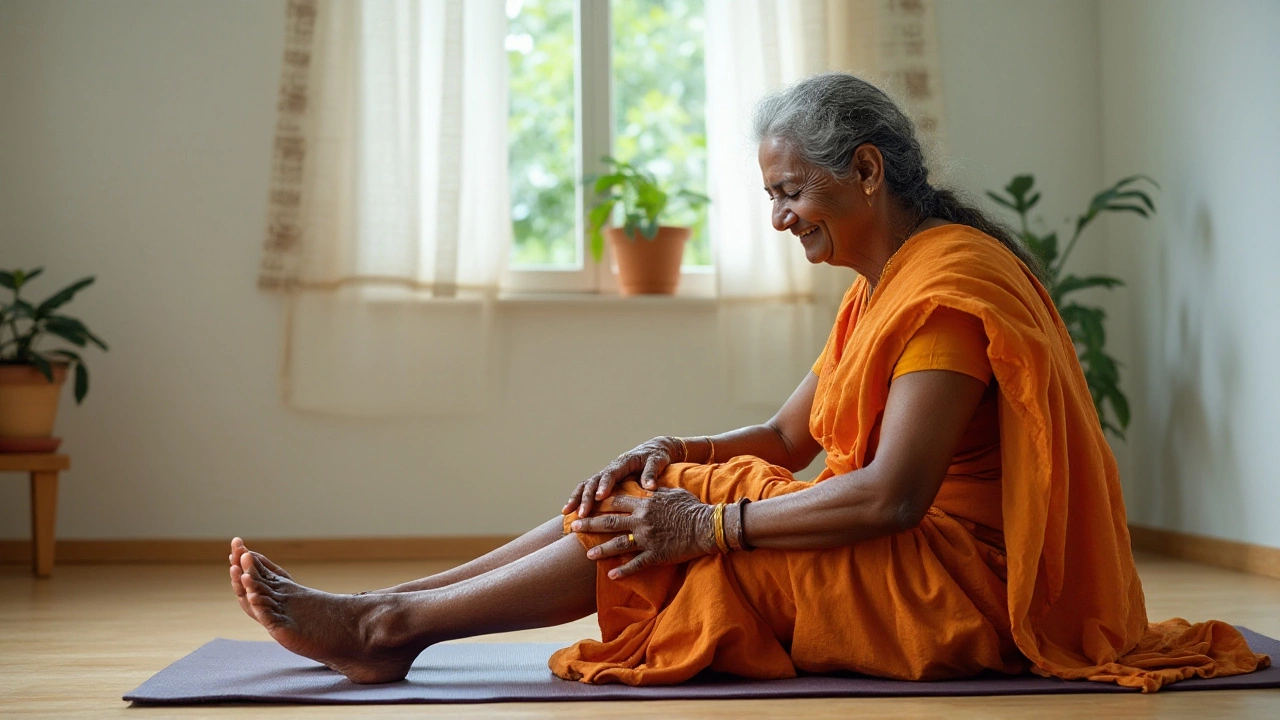Knee Bend: Why It Matters, Common Problems, and What Actually Helps
When you can’t bend your knee properly, simple things like sitting on the floor, climbing stairs, or getting out of a car become hard. This isn’t just about stiffness—it’s about your knee bend, the natural movement of flexing your knee joint to bring your heel toward your buttock. Also known as knee flexion, it’s the foundation of walking, squatting, and standing up without help. If your knee bend is limited, your whole body compensates. Your hips tighten. Your lower back aches. Your stride shortens. And over time, that leads to more pain, not less.
Most people think knee bend problems only happen after surgery or injury. But they’re also common in people who sit all day, avoid deep squats, or have had old knee injuries that were never properly rehabbed. A knee that won’t bend past 90 degrees isn’t just "a little stiff"—it’s a red flag. Studies show that people with less than 110 degrees of knee flexion struggle with daily tasks and are more likely to need joint replacement sooner. The good news? You can improve it, even years after the problem started. knee mobility, how freely your knee joint moves through its full range isn’t fixed. It’s trainable. And knee rehabilitation, the process of restoring movement, strength, and function after injury or surgery isn’t just about exercises—it’s about relearning how your body moves without fear.
What you’ll find in these posts isn’t generic advice like "do squats" or "stretch more." It’s real talk from people who’ve been stuck, from therapists who’ve seen hundreds of cases, and from data that shows what actually works. You’ll see why some people can’t bend their knee after surgery, how scar tissue plays a bigger role than most think, and what simple daily moves can rebuild your knee’s natural motion—even if you’re 60 or 70. No magic pills. No expensive machines. Just clear, practical steps based on what’s been proven.
-
7
After undergoing knee replacement surgery, patients often wonder about the importance of bending their knee. Encouraging proper knee movement post-surgery can be crucial for a successful recovery. This article explores whether forcing the knee to bend is safe and provides tips to facilitate the healing process. Understanding the balance between rest and active exercises can ensure a smoother rehabilitation journey.
